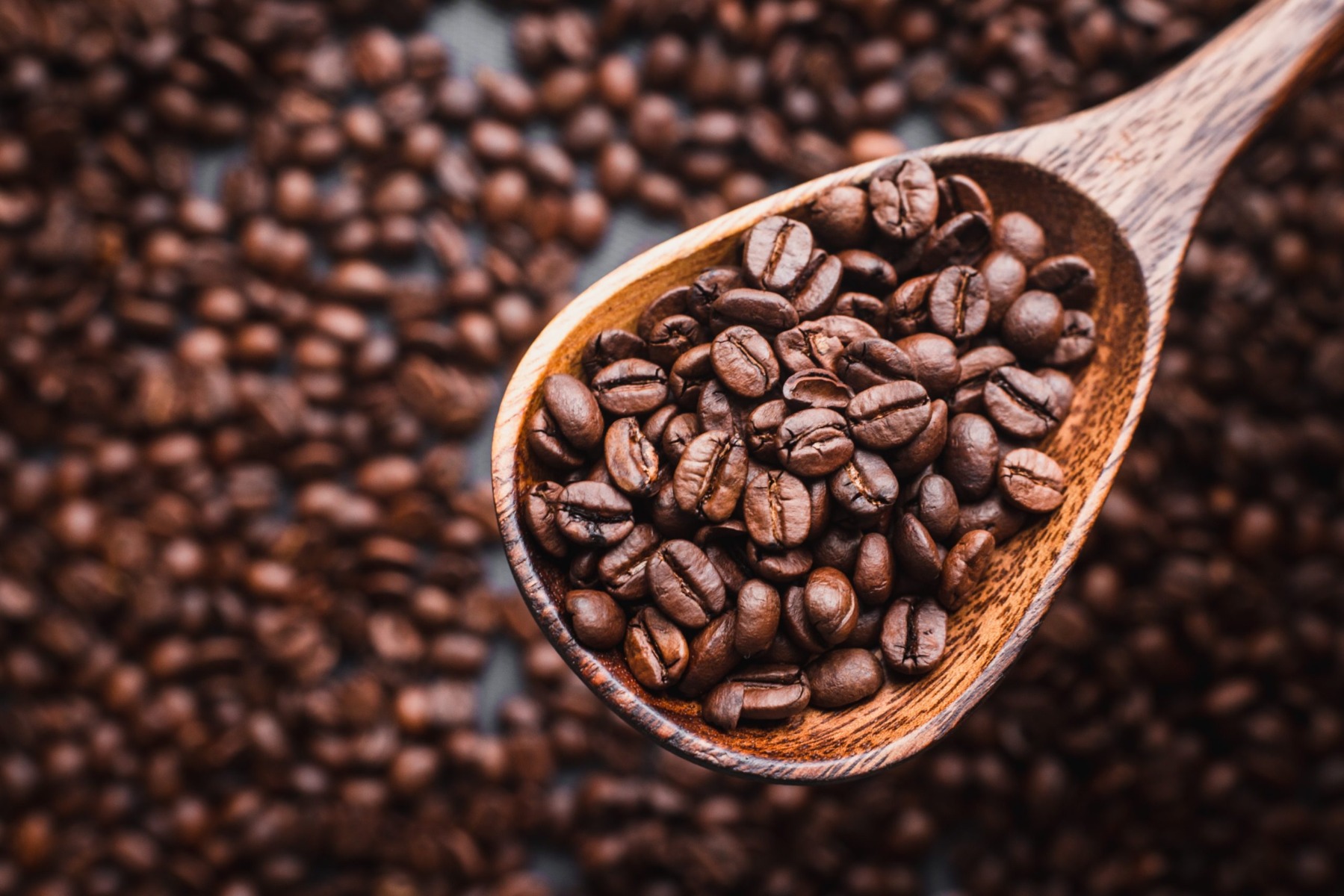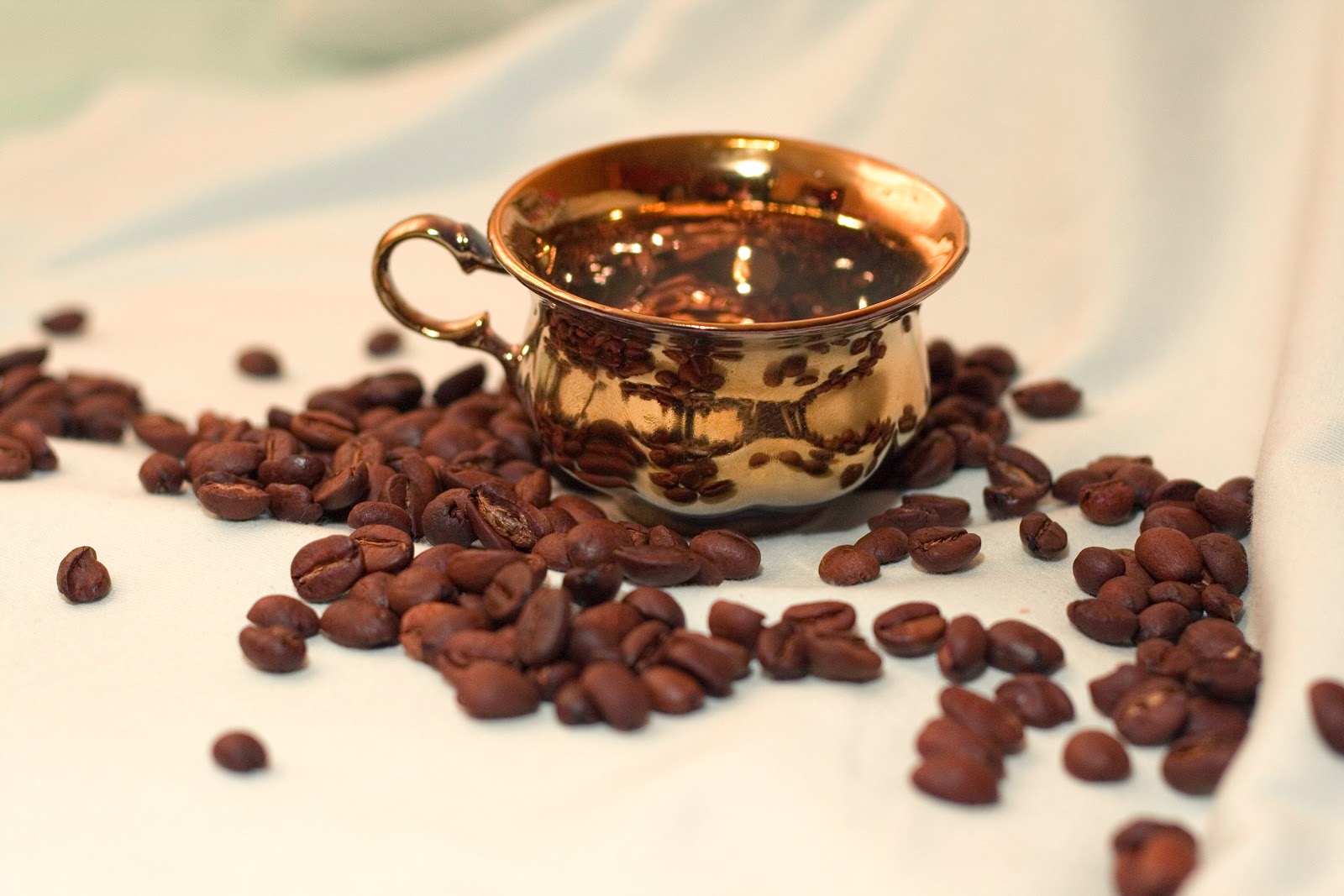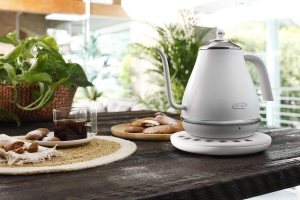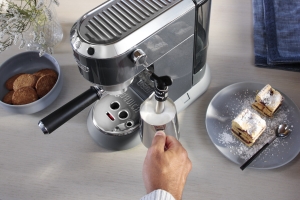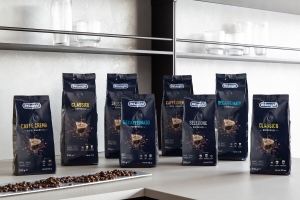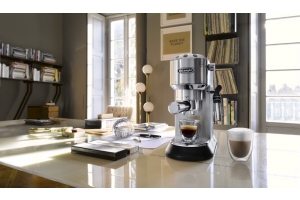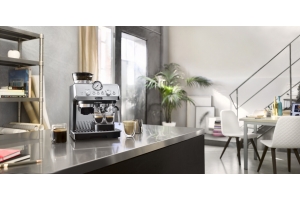coffee aroma
-
Posted: April 08, 2020Categories: The BeanRead more »
We’ve all been there at some point - staring at a selection of coffee beans, reading about its origin and flavour profiles, but still feeling disappointed upon taking the first sip of that brew. Who would have known that the process of choosing the right beans for ourselves is similar, if not, more mind-boggling than buying a dream car? There are a few key factors to take into consideration when you are next making that important choice of choosing the right beans. After all, it is that perfect cup that gets our day off to a right start.
1. Knowing your beans
There are two main coffee beans sold commercially in the market today, Robusta and Arabica. On one hand, Robusta has a full-bodied and bitter taste. On the other, Arabica gravitates toward being slightly acidic with a fruity and delicate taste. These beans have varying growing conditions and so it’s no surprise that coffee harvested in one country will taste differently from the other. The altitude, rainfall, climate, and soil conditions each play a prominent role in the flavours and aroma of your resulting brew. Here’s a more comprehensive guide on knowing your coffee beans.2. Selecting the coffee roast
[caption id="attachment_6403" align="alignnone" width="2560"] More than just the colour of the coffee beans, roasting time affects the flavour profile of a brew. Photo from Erick Zajac[/caption] When one takes in a whiff of a raw, green coffee bean that is freshly harvested, its aroma resembles a green pepper rather than the familiar aroma of your favou
More than just the colour of the coffee beans, roasting time affects the flavour profile of a brew. Photo from Erick Zajac[/caption] When one takes in a whiff of a raw, green coffee bean that is freshly harvested, its aroma resembles a green pepper rather than the familiar aroma of your favou
-
Posted: March 25, 2020Categories: The BeanRead more »
So, you’ve treated yourself to a fresh bag of coffee beans. How do you care for the coffee beans to make sure your morning java stays fresh for as long as possible? Better care of coffee beans makes better-tasting coffee ― and that’s something all of us would appreciate in the morning to boost our energy for the day ahead. For the best cup of coffee, it comes down to knowing the different sizes of grind, how you properly store your beans, and what you should do to maximise the freshness and flavour. Here are some tips and tricks to get the most out of your caffeine hit. Read on to find out the best way to keep your coffee fresh.
Buy just the right amount
[caption id="attachment_6436" align="alignnone" width="2560"] The best way to ensure the freshness of your coffee is to buy less, but more frequently. Photo from Victor Munoz[/caption] The best way to enjoy your coffee is when it’s fresh. Your coffee beans begin to lose freshness almost immediately after roasting. The best way to ensure the freshness of your coffee is to buy less, enough for one or two weeks, but more frequently. The life span of your roasted coffee beans is approximately 4 to 5 weeks. Coffee beans older than that will not make you sick, but it will never taste as good as when it’s fresh. Here's more reasons why you should care about your coffee bean's roasting date. Our Kimbo Espresso Coffee Beans 100% Arab
The best way to ensure the freshness of your coffee is to buy less, but more frequently. Photo from Victor Munoz[/caption] The best way to enjoy your coffee is when it’s fresh. Your coffee beans begin to lose freshness almost immediately after roasting. The best way to ensure the freshness of your coffee is to buy less, enough for one or two weeks, but more frequently. The life span of your roasted coffee beans is approximately 4 to 5 weeks. Coffee beans older than that will not make you sick, but it will never taste as good as when it’s fresh. Here's more reasons why you should care about your coffee bean's roasting date. Our Kimbo Espresso Coffee Beans 100% Arab
-
Posted: January 30, 2020Categories: The BeanRead more »
That bag of beans sitting on the shelf of your favourite cafe probably comprises single origin coffee beans. Your barista loads the beans into the espresso machine, and out comes a stream of espresso that makes your morning a little better — with a fantastic flavour and just the right amount of caffeine kick. The coffee beans may be sourced from a farm in Brazil or Ethiopia, but chances are, they are Guatemalan. They say, Guatemalan coffee — strong, full-bodied, moderately acidic, and deliciously-flavoured — is the perfect first step towards high-quality coffee beans for those looking for a switch from drinking mass-produced coffee. Well, they aren’t wrong. We’re here to talk about Guatemalan coffee and what makes it special and unique. Fun fact: Did you know that, despite its small size, Guatemala is one of the top ten coffee producers in the world with more than 204,000 metric tons of coffee beans a year?
8 Coffee Regions in Guatemala
[caption id="attachment_6573" align="alignnone" width="1920"] Guatemala is a tiny country of 108,890 square kilometres. Yet this country produces some of the world’s best coffee beans. With its diverse climate and altitude, coffee is cultivated almost everywhere in all eight regions. Photo from Pixabay[/caption] Guatemala is the Mecca for coffee farmers — and for very good reasons. Coffee in Guatemala is grown at an altitude of over 5,000 feet, which explains its robust and distinctive flavour. Guatemala’s unique growing region, with a
Guatemala is a tiny country of 108,890 square kilometres. Yet this country produces some of the world’s best coffee beans. With its diverse climate and altitude, coffee is cultivated almost everywhere in all eight regions. Photo from Pixabay[/caption] Guatemala is the Mecca for coffee farmers — and for very good reasons. Coffee in Guatemala is grown at an altitude of over 5,000 feet, which explains its robust and distinctive flavour. Guatemala’s unique growing region, with a
-
Posted: December 25, 2019Categories: Coffee 101
-
Posted: December 18, 2019Categories: Coffee 101
-
Posted: October 09, 2019Categories: The BeanRead more »
It’s common knowledge that most of the coffee beans produced commercially come from two varieties: Arabica and Robusta. But did you know that there are actually other lesser-known varieties of coffee bean? One of them is Liberica, which accounts for less than 2% of commercially-produced coffee worldwide. In this article, we’ll tell you all you need to know about the world’s rarest type of coffee.
What’s so special about Liberica?
[caption id="attachment_7483" align="alignnone" width="1200"] A Liberica coffee bean (middle) flanked by Arabica beans. Liberica beans are larger and irregular in shape compared to Arabica beans. Photo from Fernando Medrano[/caption] Originating from Liberia in West Africa, the Liberica coffee plant produces larger, irregular-shaped cherries compared to Arabica plants. It’s said to have a floral and fruity aroma, but when made into coffee, has a full-bodied, woody taste. Those who have been lucky enough to try Liberica coffee say it tastes unlike any coffee they’ve had before. Thanks to its complex flavour profile, Liberica beans are often added to coffee blends to give it more dimension. [caption id="attachment_7486" align="alignn
A Liberica coffee bean (middle) flanked by Arabica beans. Liberica beans are larger and irregular in shape compared to Arabica beans. Photo from Fernando Medrano[/caption] Originating from Liberia in West Africa, the Liberica coffee plant produces larger, irregular-shaped cherries compared to Arabica plants. It’s said to have a floral and fruity aroma, but when made into coffee, has a full-bodied, woody taste. Those who have been lucky enough to try Liberica coffee say it tastes unlike any coffee they’ve had before. Thanks to its complex flavour profile, Liberica beans are often added to coffee blends to give it more dimension. [caption id="attachment_7486" align="alignn
-
Posted: September 25, 2019Categories: Coffee 101
-
Posted: September 04, 2019Categories: Coffee 101
-
Posted: July 31, 2019Categories: The BeanRead more »
These days, light roast coffee is experiencing a surge in popularity. So what’s changed in the coffee-drinking world? Well, a lot, but let’s begin with the different shades of coffee roasts. There is a real distinction between light, medium and dark roast coffee, and we’re talking about more than just the colour of the coffee beans when they are removed from the roaster. We sat down (over coffee, of course,) with some of the most passionate coffee connoisseurs to shed some light on everything you need to know about coffee bean roasts. Hint: The difference lies in the taste too, not just the amount of caffeine kick.
Light Roast Coffee
[caption id="attachment_7126" align="alignnone" width="2560"] Light roast, easily identified by its light brown colour, gives off a more pronounced acidic flavour while retaining the origin of the coffee bean. Photo from Hal Gatewood[/caption] Let’s start with the lighter side of the spectrum. Have you ever had a cup of coffee that was so bitter, it took a while to finish it? If you find yourself enjoying coffee with a sweeter, more tangy taste, light roast coffee is your go-to order. Read more: Why Does My Coffee Taste Bitter and How Do I Fix It? When coffee cherries are picked, the beans are soft, green in colour and tasteless before they are roasted to bring out the aroma and flavour that we have come to know and love. Light roast coffee beans are roasted between 175-200°C to either just before or right at the first crack. Word has it that coffee roasters in the 80s realised when high-quality beans ar
Light roast, easily identified by its light brown colour, gives off a more pronounced acidic flavour while retaining the origin of the coffee bean. Photo from Hal Gatewood[/caption] Let’s start with the lighter side of the spectrum. Have you ever had a cup of coffee that was so bitter, it took a while to finish it? If you find yourself enjoying coffee with a sweeter, more tangy taste, light roast coffee is your go-to order. Read more: Why Does My Coffee Taste Bitter and How Do I Fix It? When coffee cherries are picked, the beans are soft, green in colour and tasteless before they are roasted to bring out the aroma and flavour that we have come to know and love. Light roast coffee beans are roasted between 175-200°C to either just before or right at the first crack. Word has it that coffee roasters in the 80s realised when high-quality beans ar
-
Posted: July 03, 2019Categories: Coffee 101
